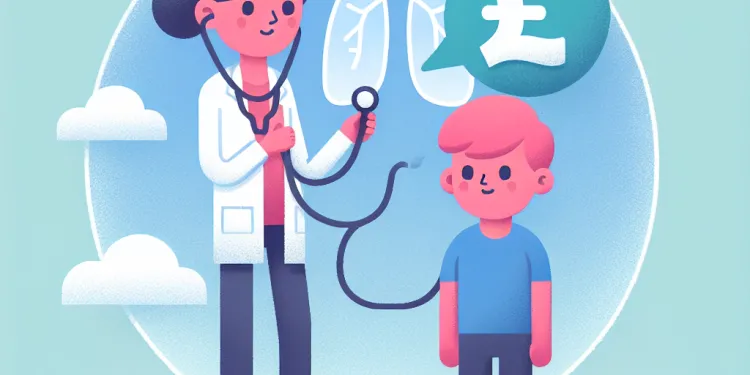
Find Help
More Items From Ergsy search
-
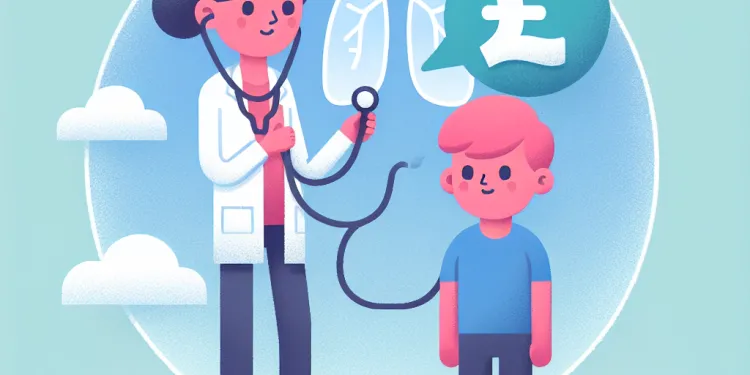
What is lupus in children?
Relevance: 100%
-
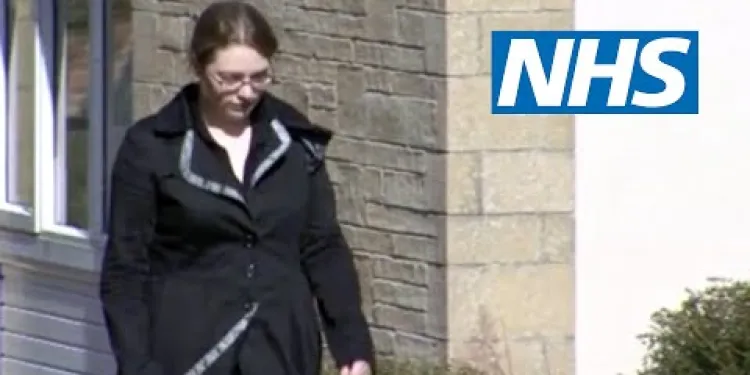
Lupus in children | NHS
Relevance: 99%
-
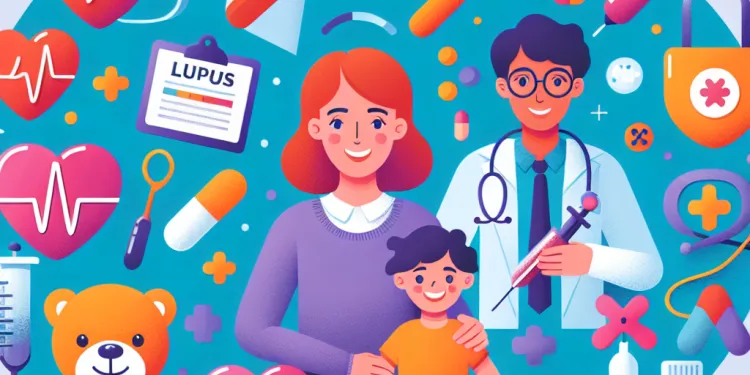
What causes lupus in children?
Relevance: 96%
-

How is lupus diagnosed in children?
Relevance: 95%
-

What are the common symptoms of lupus in children?
Relevance: 92%
-
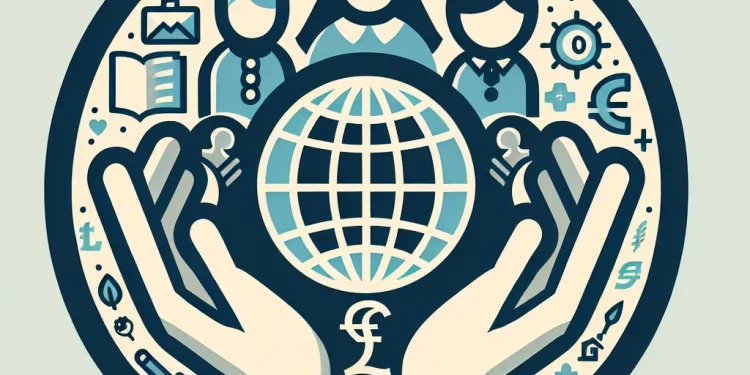
Who are SEND children?
Relevance: 31%
-

What are SEND children?
Relevance: 31%
-
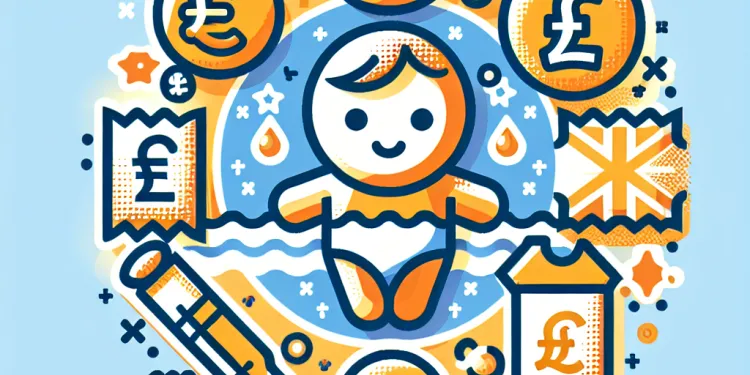
Is Baxdrostat suitable for children?
Relevance: 31%
-

Children's Vaccination Schedule
Relevance: 30%
-
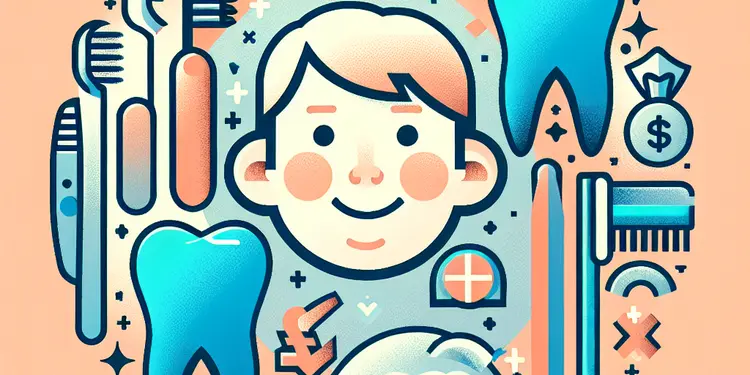
Is tooth decay common in children?
Relevance: 29%
-

Are there specific mobility equipment for children?
Relevance: 29%
-

Can children use Mounjaro?
Relevance: 29%
-

Can children outgrow asthma?
Relevance: 29%
-
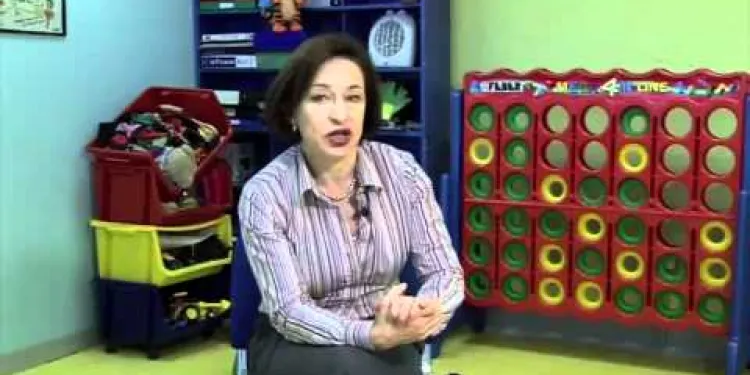
Children With Co-ordination Difficulties and Dyspraxia
Relevance: 29%
-
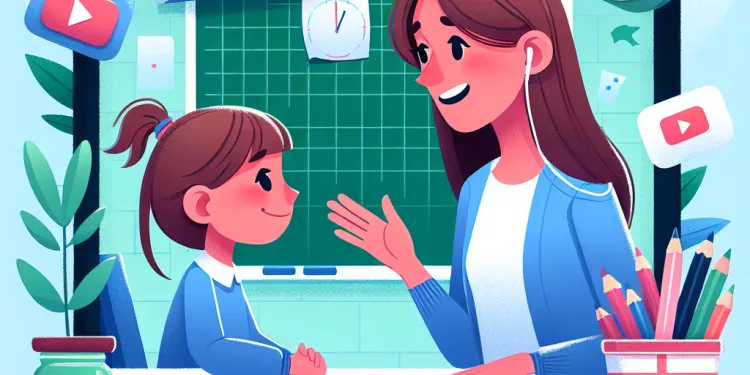
Understanding Mental Health in Children
Relevance: 29%
-

Can Wegovy be used by children?
Relevance: 29%
-

Can defibrillators be used on children?
Relevance: 29%
-

Dyspraxia Children: How to Help
Relevance: 29%
-

Why do some children stammer?
Relevance: 29%
-
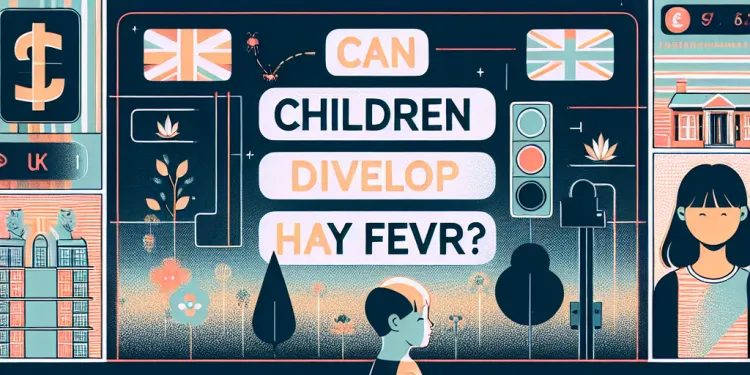
Can children develop hay fever?
Relevance: 28%
-
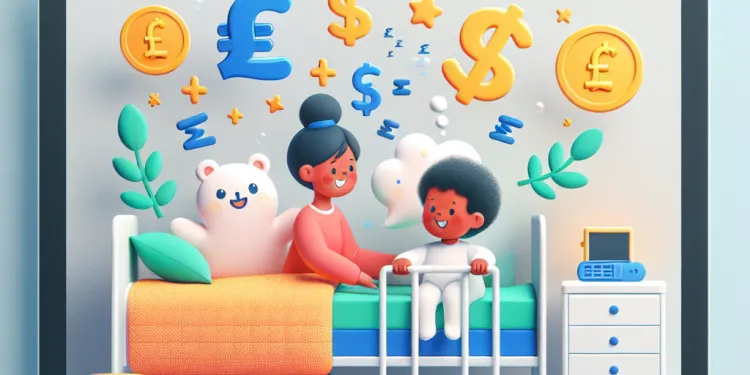
Can children have sleep apnea?
Relevance: 28%
-
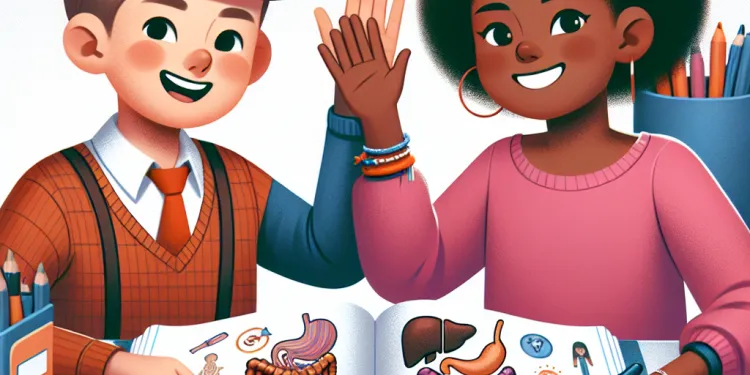
Can children develop Crohn's disease?
Relevance: 28%
-

How is progress measured for SEND children?
Relevance: 28%
-
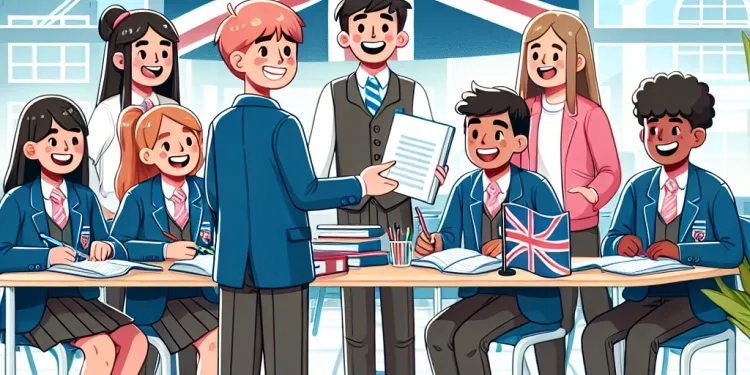
Do SEND children attend mainstream schools?
Relevance: 28%
-

Can Wegovy tablets be used for children?
Relevance: 28%
-

Do children need a separate passport to travel to the EU?
Relevance: 27%
-
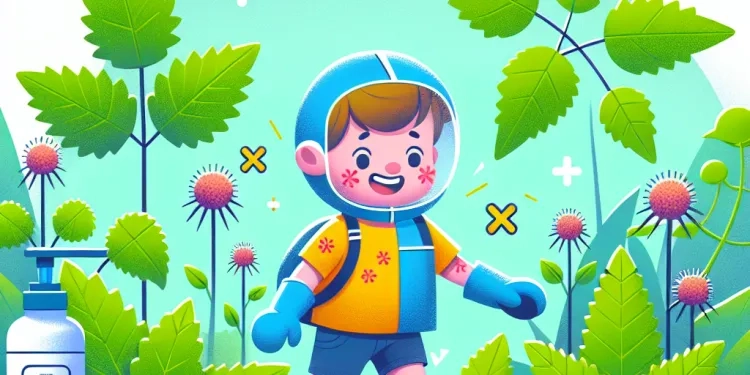
Can children get nettle rash?
Relevance: 27%
-
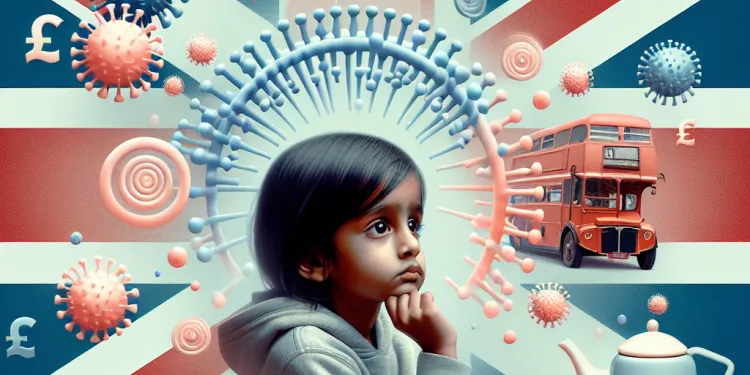
Are children more affected by new variants of COVID?
Relevance: 27%
-
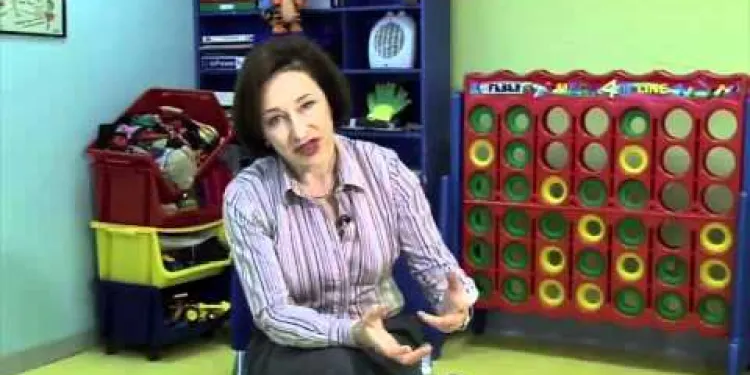
Helping Children With Co-ordination Difficulties
Relevance: 27%
-
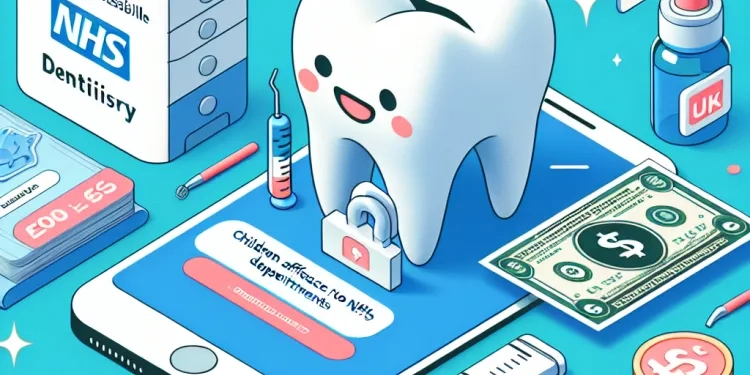
Can children get NHS dentist appointments?
Relevance: 27%
-

Can SEND children access extracurricular activities?
Relevance: 27%
-

Can children develop chronic fatigue syndrome?
Relevance: 27%
-
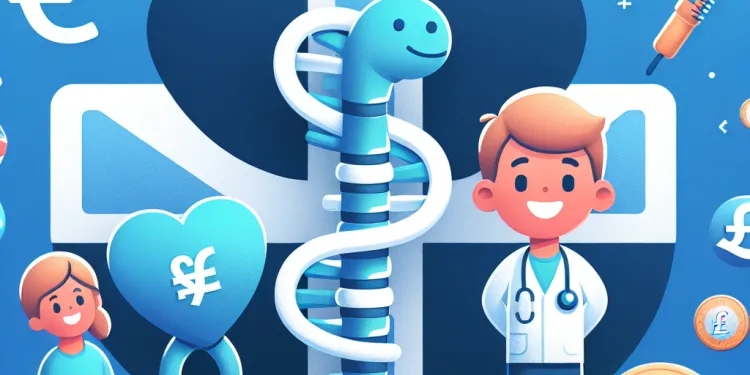
Can children benefit from chiropractic care?
Relevance: 27%
-
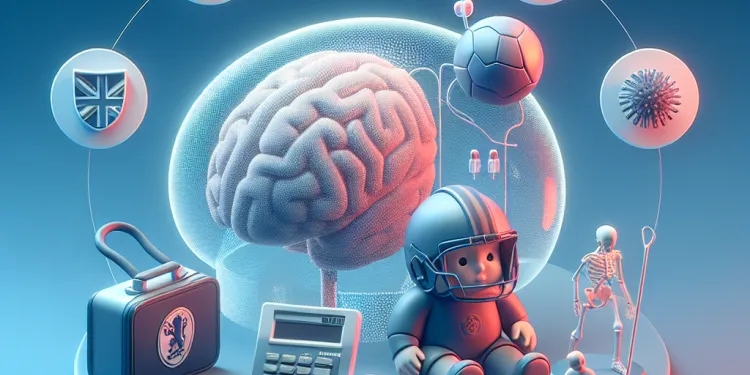
Are children more susceptible to concussions than adults?
Relevance: 27%
-
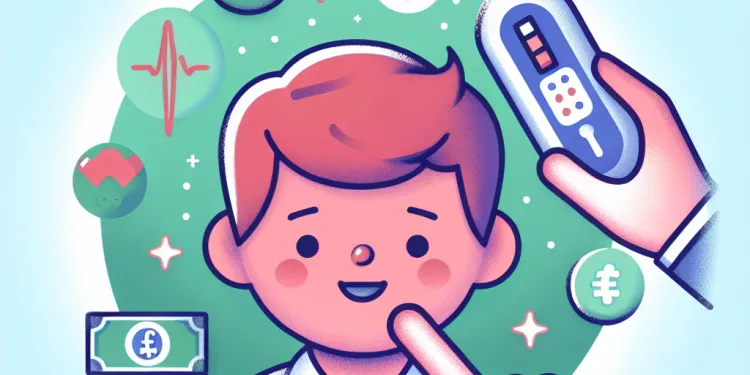
Which medication should be avoided for children with fevers?
Relevance: 27%
-
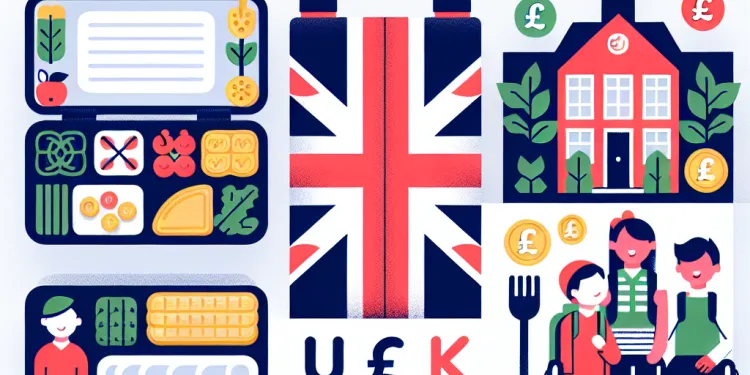
Can children with disabilities access school meals?
Relevance: 26%
-

What type of anxiety do children and teenagers experience?
Relevance: 26%
-
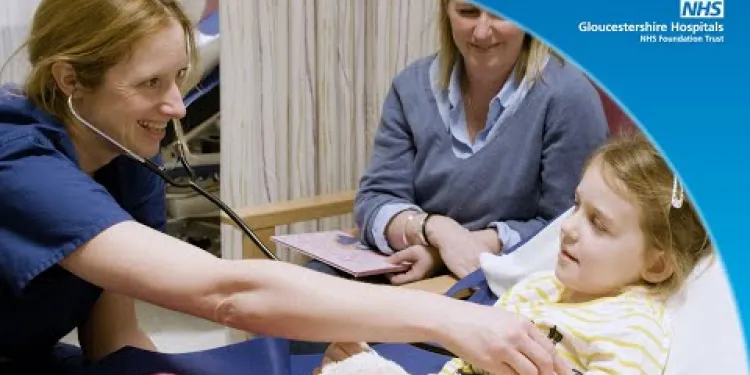
Having an operation at the Children’s Centre
Relevance: 26%
-
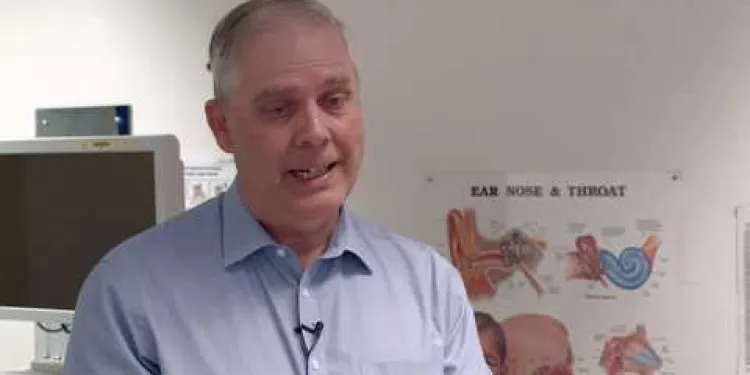
Evidence-Based Interventions: grommets for glue ear in children
Relevance: 26%
-
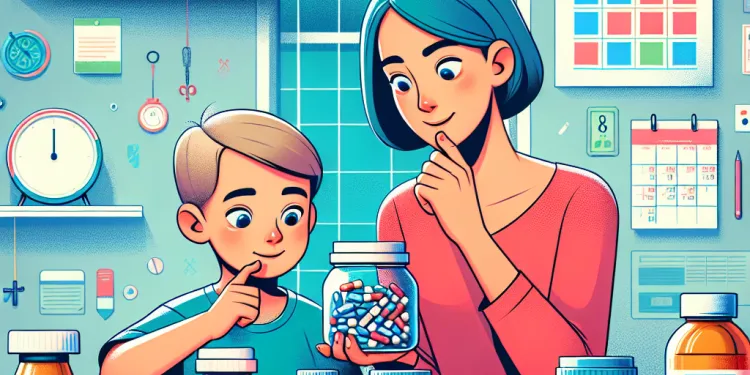
Can children take the same cold medications as adults?
Relevance: 26%
Lupus in Children: Understanding the Condition
Introduction to Lupus
Lupus is an autoimmune disease where the immune system mistakenly attacks healthy tissues. While it commonly occurs in adults, children can also be affected. Lupus in children shares similarities with adult lupus, but there are important distinctions in how it presents and impacts younger individuals.Types of Lupus in Children
Two major types of lupus affect children:
- Systemic Lupus Erythematosus (SLE): The most common form, SLE, can affect multiple organs, including the skin, joints, kidneys, brain, and others.
- Cutaneous Lupus: Primarily affects the skin, leading to rashes and lesions without internal organ involvement.
Symptoms and Signs
Children with lupus may exhibit a broad range of symptoms. Common signs include extreme fatigue, joint pain, skin rashes, fever, and hair loss. Symptoms can vary greatly from child to child, making diagnosis challenging.Diagnosis and Challenges
Diagnosing lupus in children involves a combination of medical history, physical exams, and laboratory tests. Because symptoms overlap with other conditions, it can take time for a conclusive diagnosis. Early diagnosis is crucial for effective management and preventing long-term damage.Treatment Options
While there is no cure for lupus, treatments can help manage symptoms and prevent flare-ups. Children are often prescribed medications such as corticosteroids, antimalarials, and immunosuppressants to control inflammation. Regular follow-up with a healthcare provider is essential to monitor the child’s condition and adjust treatments as necessary.Managing Lupus in Daily Life
Living with lupus requires adjustments to daily routines. Children with lupus need a balanced lifestyle, including a healthy diet, sufficient rest, and regular, gentle exercise. Emotional and psychological support is also critical, as living with a chronic illness can affect a child's mental health.Conclusion
Lupus in children presents unique challenges but with appropriate medical management and support, children can lead fulfilling lives. Awareness and understanding of this condition are essential for early intervention and support from family, educators, and healthcare providers.Lupus in Children: Understanding the Condition
Introduction to Lupus
Lupus is an illness where the body's defense system attacks its own healthy parts by mistake. It usually happens to grown-ups, but kids can get it too. Lupus in kids is like lupus in adults, but there are some important differences for kids.Types of Lupus in Children
There are two main types of lupus in children:
- Systemic Lupus Erythematosus (SLE): This is the most common type. It can affect many body parts like the skin, joints, kidneys, and brain.
- Cutaneous Lupus: This mainly affects the skin and causes rashes. It does not harm other organs inside the body.
Symptoms and Signs
Kids with lupus can have different symptoms. Common signs are feeling very tired, joint pain, skin rashes, high temperature, and losing hair. Symptoms can be different for each child, which makes it hard to know if they have lupus.Diagnosis and Challenges
To find out if a child has lupus, doctors look at their health history, do check-ups, and run tests. Because lupus symptoms are like other illnesses, it can take time to find out for sure. Finding lupus early is important to help manage it and stop it from getting worse.Treatment Options
There is no cure for lupus, but treatments can help make symptoms better and stop flare-ups. Doctors may give children medicines like corticosteroids, antimalarials, and immunosuppressants to help with swelling and pain. It is important to see the doctor regularly to check how the child is doing and change treatments if needed.Managing Lupus in Daily Life
Children with lupus need to make changes in their daily lives. They should eat healthy foods, get enough sleep, and do gentle exercises. It is also important for them to have support for their feelings, as having a long-term illness can be hard on their emotions.Conclusion
Lupus in children can be tough, but with the right care and help, they can live happy lives. Knowing about lupus is important to help children get the care they need from family, teachers, and doctors early on.Frequently Asked Questions
What is lupus in children?
Lupus in children, also known as paediatric lupus, is an autoimmune disease where the immune system mistakenly attacks healthy tissues, causing inflammation and damage to various body systems.
What are the common symptoms of lupus in children?
Common symptoms include fatigue, joint pain, skin rashes (especially a butterfly-shaped rash on the face), fever, and swelling. Symptoms can vary widely among children.
How is lupus diagnosed in children?
Lupus is diagnosed through a combination of medical history, symptoms, blood tests, and sometimes a biopsy. There is no single test for lupus, so a thorough evaluation by a specialist is necessary.
What causes lupus in children?
The exact cause of lupus is unknown, but it is believed to be due to a combination of genetic, environmental, and hormonal factors.
Is lupus in children treatable?
While there is no cure, lupus is treatable. Medications and lifestyle changes can help manage symptoms and reduce flares, improving the child’s quality of life.
Can lupus in children go into remission?
Yes, with proper treatment, children can experience periods of remission where symptoms are minimal or absent.
What medications are commonly used to treat lupus in children?
Treatments may include nonsteroidal anti-inflammatory drugs (NSAIDs), corticosteroids, antimalarials, and immunosuppressants, depending on the symptoms and severity.
How can parents help manage their child's lupus?
Parents can help by ensuring their child takes medications as prescribed, attends regular medical appointments, follows a healthy diet, gets adequate rest, and avoids known triggers of flares.
Are there lifestyle changes that can help a child with lupus?
Yes, regular exercise, a balanced diet, sufficient sleep, and stress management can help manage lupus symptoms and improve overall well-being.
Can children with lupus attend school?
Yes, most children with lupus can attend school. They might need adjustments or accommodations, such as flexible schedules or rest periods, depending on their health.
Is lupus more common in girls or boys?
Lupus is more common in girls, particularly post-puberty, although it can affect both genders.
Can lupus affect a child's growth and development?
Yes, lupus and its treatments, such as corticosteroids, can potentially affect growth and puberty. Regular monitoring by healthcare providers is important.
What role does diet play in managing lupus in children?
A balanced diet can support overall health and help manage lupus. It's important to focus on nutrient-rich foods while avoiding excessive sodium and refined sugars.
Are children with lupus at risk for other health complications?
Yes, children with lupus may be at higher risk for complications such as kidney disease, heart disease, and infections due to both the disease and its treatments.
Where can families find support for managing lupus in their child?
Families can find support through healthcare providers, lupus organisations, and support groups, which provide information and connect families facing similar challenges.
What is lupus in children?
Lupus is a sickness.
It makes kids' bodies hurt. It can make them feel tired and sick.
Doctors can help with medicine.
Tools like pictures and videos can help kids understand more.
Lupus in children is called paediatric lupus. It is a sickness where the body's defense system attacks its own healthy parts by mistake. This can cause swelling and hurt different parts of the body.
What are signs of lupus in children?
Lupus can show different signs in children. Here are some common ones:
- They might feel very tired.
- They could have a fever.
- They might have swollen joints that hurt.
- Sometimes, they get a rash on their face.
- They might say their chest hurts.
It's important to see a doctor if you notice these signs. The doctor can help. Using pictures or storybooks about health can also help children understand better.
Children can have different signs. Some common signs are feeling very tired, sore joints, rashes on the skin (especially a rash shaped like a butterfly on the face), feeling hot with a fever, and parts of the body getting bigger from swelling.
If you have trouble reading, try using tools like text-to-speech. Learning with pictures can help too!
How do doctors find out if a child has lupus?
Doctors can do different tests to see if a child has lupus. They might ask questions, check the body, and take some blood tests. This helps them know for sure if it is lupus.
If you are trying to read about lupus, you can ask someone to help you or use a tool that reads out loud. It's okay to take your time to understand it. You can draw pictures or make notes to help remember what you learn.
Lupus is found out by looking at your medical history, symptoms, doing blood tests, and sometimes checking a small piece of tissue from your body (this is called a biopsy). There isn't one test that can tell if you have lupus, so a doctor who knows a lot about it needs to check you carefully.
What makes children get lupus?
We don't know exactly what causes lupus. But we think it might be a mix of things like genes, the environment, and hormones.
Can doctors help children with lupus?
Yes, doctors can help children with lupus feel better. Children need to see a special doctor called a rheumatologist. This doctor knows how to help kids with lupus.
Here are some things that can help children with lupus:
- Medicines to feel better and stop pain.
- Going to regular doctor check-ups.
- Eating healthy food.
- Getting lots of rest.
- Talking to someone like a teacher or school nurse if they have problems at school.
Children with lupus can live happy lives with the right care and support.
Lupus cannot be cured, but it can be treated. Medicine and changing habits can help control symptoms. This makes the child's life better.
Can children with lupus feel better for a while?
Lupus is an illness. Children with lupus can feel very sick at times. But sometimes, they can feel much better. This is called remission.
Getting the right medicine and help from doctors can make remission happen. It is important for children to take their medicine and see their doctor regularly. This helps them stay healthy.
Here are some ways to help children with lupus:
- Keep a regular schedule for taking medicine.
- Visit the doctor when needed.
- Get plenty of rest and eat healthy foods.
- Talk about feelings with a supportive adult or friend.
Using a calendar or an alarm can remind children when to take their medicine. Talking with a teacher can also help them at school.
Yes, with the right help, kids can get better. They might have times when they feel really good, with little or no signs of being sick.
What medicines help children with lupus?
Treatments might include different types of medicine. These medicines can help with pain and swelling.
Some of these medicines are:
- Pain relievers (NSAIDs)
- Strong medicines to calm down swelling (steroids)
- Medicines for malaria that also help some other problems
- Medicines that help your immune system work better
Doctors choose the right medicine based on how you feel and how serious your symptoms are.
How can parents help with their child's lupus?
Lupus is a sickness that can make kids feel tired and hurt. Parents can help by doing these things:
- Go to the doctor with your child. The doctor will help your child feel better.
- Make sure your child takes their medicine every day. Medicine helps stop the sickness.
- Help your child rest when they feel tired. Rest makes kids feel stronger.
- Make sure your child eats healthy food. Good food helps the body fight the sickness.
- If your child feels sad or worried, talk to them. It is okay to have feelings.
- Help your child find fun things to do, like reading or playing games.
Parents can also try to learn more about lupus. There are books and people to help. Remember, you are not alone. Other parents can help too!
Mums and dads can help in many ways:
- Make sure your child takes their medicine.
- Take your child to the doctor for check-ups.
- Give your child healthy food to eat.
- Make sure your child gets plenty of sleep.
- Help your child stay away from things that make them feel bad.
Using a checklist or calendar can help remember these things.
Can lifestyle changes help a child with lupus?
Lupus is a sickness that can make children feel tired and unwell. Some simple changes can help them feel better.
- Make sure they get enough rest. Sleep helps the body stay strong.
- Help them eat healthy foods like fruits and vegetables.
- Encourage gentle exercises, like walking, to keep their body moving.
- Keep them safe from the sun. Use sunscreen or wear a hat when outside.
These changes can make a child with lupus feel better.
Using picture charts or apps can help remind them of these changes.
Yes, doing exercise, eating healthy food, getting enough sleep, and finding ways to relax can help with lupus symptoms and make you feel better.
Can children with lupus go to school?
Yes, children with lupus can go to school. Lupus is a sickness. Children with lupus might feel tired or have pain sometimes. It's important for them to rest when they need to.
Children may need help to keep up with school work. Teachers and friends can support them.
If a child needs extra help, tools like a special planner or quiet times can be useful. Talking to a school nurse or counselor can also help.
Yes, most children with lupus can go to school. They might need some changes, like flexible times or rest breaks, to help them feel better.
Who gets lupus more, girls or boys?
Lupus happens more often in girls, especially after they go through puberty. But boys can get it too.
Can lupus change how a child grows and develops?
Lupus is an illness. It can make a child's body not work right. This can change how they grow and learn.
If you think a child has lupus, talk to a doctor. A doctor can help check and treat lupus.
There are things that can help. Medicine, healthy food, and exercise can be good. Also, learning tools, like pictures and stories, can help with learning.
Yes, lupus and the medicine used to treat it, like steroids, can change how you grow and go through puberty. It is important to have regular check-ups with your doctor.
How can food help children with lupus?
Eating the right foods helps you stay healthy and can help with lupus. Make sure you eat lots of healthy foods. Try not to eat too much salt or sugar.
Can kids with lupus have other health problems?
Kids with lupus can get other health problems. It's important to see the doctor regularly. The doctor can help check and keep them healthy.
Some tools and tricks can help:
- Draw pictures about lupus to help understand it better.
- Use simple words when talking about health.
- Ask questions if you don't understand what the doctor says.
Yes, kids with lupus can have more problems. They might have trouble with their kidneys and heart, and they can get sick more easily. This can happen because of lupus and the medicines they take for it.
Where can families find help for children with lupus?
Families can get help from doctors, lupus organisations, and support groups. These helpers give information and connect families who have the same problems.
Useful Links
- Ergsy carfully checks the information in the videos we provide here.
- Videos shown by Youtube after a video has completed, have NOT been reviewed by ERGSY.
- To view, click the arrow in centre of video.
- Most of the videos you find here will have subtitles and/or closed captions available.
- You may need to turn these on, and choose your preferred language.
- Go to the video you'd like to watch.
- If closed captions (CC) are available, settings will be visible on the bottom right of the video player.
- To turn on Captions, click settings .
- To turn off Captions, click settings again.
More Items From Ergsy search
-

What is lupus in children?
Relevance: 100%
-

Lupus in children | NHS
Relevance: 99%
-

What causes lupus in children?
Relevance: 96%
-

How is lupus diagnosed in children?
Relevance: 95%
-

What are the common symptoms of lupus in children?
Relevance: 92%
-

Who are SEND children?
Relevance: 31%
-

What are SEND children?
Relevance: 31%
-

Is Baxdrostat suitable for children?
Relevance: 31%
-

Children's Vaccination Schedule
Relevance: 30%
-

Is tooth decay common in children?
Relevance: 29%
-

Are there specific mobility equipment for children?
Relevance: 29%
-

Can children use Mounjaro?
Relevance: 29%
-

Can children outgrow asthma?
Relevance: 29%
-

Children With Co-ordination Difficulties and Dyspraxia
Relevance: 29%
-

Understanding Mental Health in Children
Relevance: 29%
-

Can Wegovy be used by children?
Relevance: 29%
-

Can defibrillators be used on children?
Relevance: 29%
-

Dyspraxia Children: How to Help
Relevance: 29%
-

Why do some children stammer?
Relevance: 29%
-

Can children develop hay fever?
Relevance: 28%
-

Can children have sleep apnea?
Relevance: 28%
-

Can children develop Crohn's disease?
Relevance: 28%
-

How is progress measured for SEND children?
Relevance: 28%
-

Do SEND children attend mainstream schools?
Relevance: 28%
-

Can Wegovy tablets be used for children?
Relevance: 28%
-

Do children need a separate passport to travel to the EU?
Relevance: 27%
-

Can children get nettle rash?
Relevance: 27%
-

Are children more affected by new variants of COVID?
Relevance: 27%
-

Helping Children With Co-ordination Difficulties
Relevance: 27%
-

Can children get NHS dentist appointments?
Relevance: 27%
-

Can SEND children access extracurricular activities?
Relevance: 27%
-

Can children develop chronic fatigue syndrome?
Relevance: 27%
-

Can children benefit from chiropractic care?
Relevance: 27%
-

Are children more susceptible to concussions than adults?
Relevance: 27%
-

Which medication should be avoided for children with fevers?
Relevance: 27%
-

Can children with disabilities access school meals?
Relevance: 26%
-

What type of anxiety do children and teenagers experience?
Relevance: 26%
-

Having an operation at the Children’s Centre
Relevance: 26%
-

Evidence-Based Interventions: grommets for glue ear in children
Relevance: 26%
-

Can children take the same cold medications as adults?
Relevance: 26%


